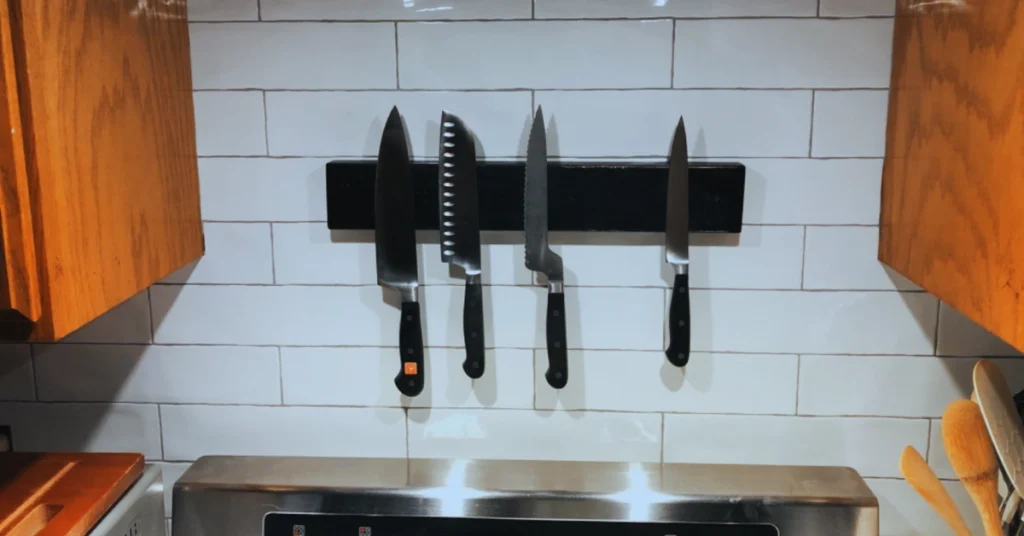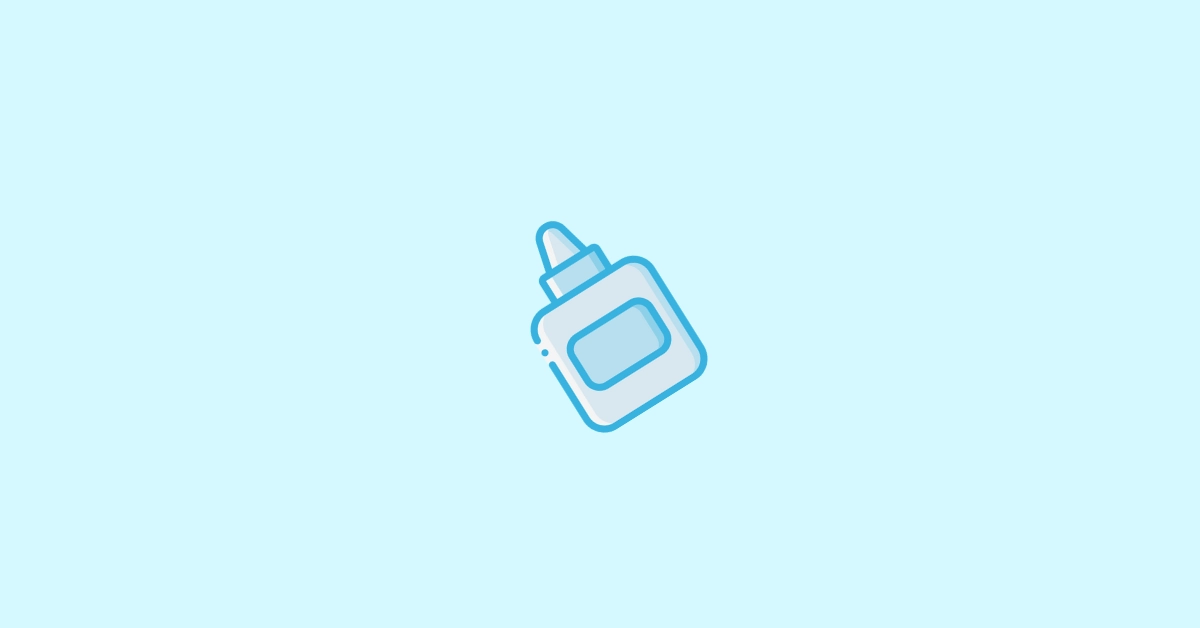Since Liquid Nails is for construction materials, you may wonder whether it will stick to concrete.
Yes, Liquid Nails can bond to concrete. Liquid Nails can bond well to concrete if the surface is clean, dry, and flat. But if the concrete is damp, newly poured, or vertical, you might run into problems.
Read the article further to learn more about Liquid Nails sticking to concrete.
How to Make Liquid Nails Stick to Concrete?
Liquid Nails sticks to concrete well because of its unique mix of synthetic polymers, resins, and other bonding agents. Combining these chemicals grips the tiny pores in concrete and creates a strong bond.
Gravity can make adhesion difficult on vertical surfaces. Even if you prepare the surface, the adhesive might not stick. So keep that in mind.
However, not every type of Liquid Nail works on concrete. For the best results, use a product like Heavy Duty Construction Adhesive (LN-903). It has silicone, which will stick to concrete. It’s also water—and weather-resistant.
The product is specifically made for heavy materials and masonry. Choose the right one for your project, and you’ll be ready!

Gather your materials
- Liquid Nails Adhesive (Concrete or Heavy Duty type)
- Caulking Gun
- Stiff Brush
- Soap and Water
- Rag
- Sandpaper or Wire Brush (40-60 grit)
- Clamps or Weights (optional)
Step by Step on How to Apply Liquid Nails to Concrete?
Clean the Concrete Surface
First, make sure the concrete is clean and dry. Use a stiff brush to remove dust and dirt. If the concrete is greasy or oily, wash it with soap and water. Dry it with a rag. A clean surface helps the adhesive stick better.
Roughen the Surface
Use sandpaper or a wire brush to roughen up the concrete a little. This will help the Liquid Nails grip the surface.
For concrete, use coarse-grit sandpaper (between 40 to 60 grit). Coarse sandpaper is tough enough to roughen up the hard surface of concrete.
This will help the adhesive bond better. If the surface is smooth or polished, you can use diamond-grit sandpaper or a concrete sanding block for extra abrasion.
Load the Caulking Gun
Cut the tip of the Liquid Nails tube at a 45-degree angle. Then, insert it into the caulking gun and ensure it’s secure.
Apply the Adhesive
Squeeze the caulking gun’s trigger and apply a steady line (or “bead”) of Liquid Nails on the concrete. If you’re gluing an oversized or heavy item, use a zigzag pattern for better coverage.
Press the Item onto the Concrete
Place the item (like wood, tile, or metal) onto the concrete where you applied the adhesive. Press down firmly for a few seconds to ensure it sticks well.
Hold or Clamp in Place (If Needed)
If the item is heavy or vertical, use clamps or weights to hold it in place until the adhesive sets. This will prevent it from slipping.
Let It Dry
Let the Liquid Nails dry for 24 hours. It might feel dry sooner, but it’s best to wait to ensure it sticks properly. For maximum strength, let it cure for up to 7 days.
How long does it take Liquid Nails to dry on concrete?
Liquid Nails usually dry in about 24 hours on concrete, but it depends on temperature, humidity, and the amount of glue used.
Attention to temperature is essential. The best range is between 40°F and 90°F (4°C and 32°C). If it’s too hot or cold, the adhesive might also not stick. Cold temperatures can make it dry slower, and extreme heat can mess with how it cures.
Humidity also plays a role. If it’s humid, expect the drying time to be longer. So, just try to use it when the weather is just right!
Editor’s Opinion
Liquid Nails can stick to concrete, but it depends on how you use them. I’ve tried them on a few projects. They worked great on flat surfaces but not so much on a vertical wall.
I didn’t clean the surface well first, and it slid off. But after I cleaned and roughed up the surface, it stuck perfectly. So, it’s not just the glue—it’s all about prepping the surface right!


